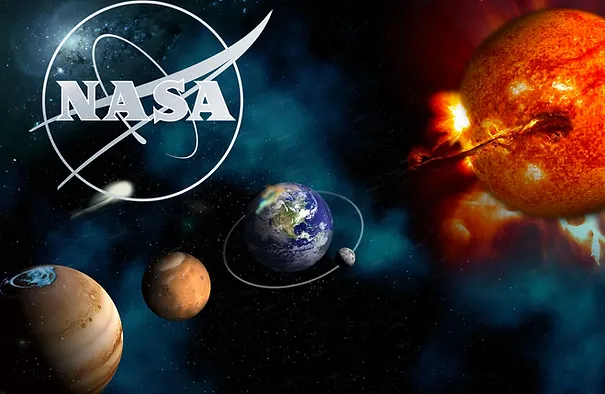
In CY 2023, CTS continued to provide superb expertise for NASA supporting nine (9) separate evaluations culminating in the selection of 11 missions for further study. Since our last CTS Newsletter, NASA has selected four (4) new Heliophysics Explorers Small Missions and one (1) new Science Mission Directorate (SMD) Earth Venture Instrument (EVI-6) investigation evaluated by CTS.
As the world gazes at NASA’s extraordinary advancements in space exploration this past year; from the first asteroid sample return to an asteroid deflection, the fantastic images from the James Webb telescope and launch of PSYCHE to a metal-rich asteroid, CTS personnel have played key roles in these and many other significant achievements. We take great pride in the exciting and important contributions of each and every member of CTS as we look forward to another busy year in 2024.
CTS supports NASA and the Science Office for Mission Assessments (SOMA) with over 200 employee and consultant subject matter experts, Program Support and subcontracted personnel supporting an array of Technical, Management and Cost (TMC) Evaluations, Science Evaluations, Reviews, Standing Review Boards (SRB) and Technical and Cost Studies.
The following articles feature those proposals selected by NASA for Concept Studies among the many evaluated by CTS for Technical, Management and Cost Risk, capabilities and value.
CTS assists NASA in Selecting Four Heliophysics Small Explorer Mission Concept Studies
NASA has selected four small explorer missions to conduct concept studies. These studies aim to expand knowledge of the dynamics of the Sun and related phenomena, such as coronal mass ejections, aurora, and solar wind to better understand the Sun-Earth connection.
NASA Mission to Study Ice Clouds, Help Observe Our Dynamic Atmosphere
NASA has selected a new mission to help humanity better understand Earth’s dynamic atmosphere – specifically, ice clouds that form at high altitudes throughout tropical and sub-tropical regions. The PolSIR instrument – short for Polarized Submillimeter Ice-cloud Radiometer – will study such ice clouds to determine how and why they change throughout.